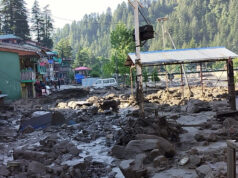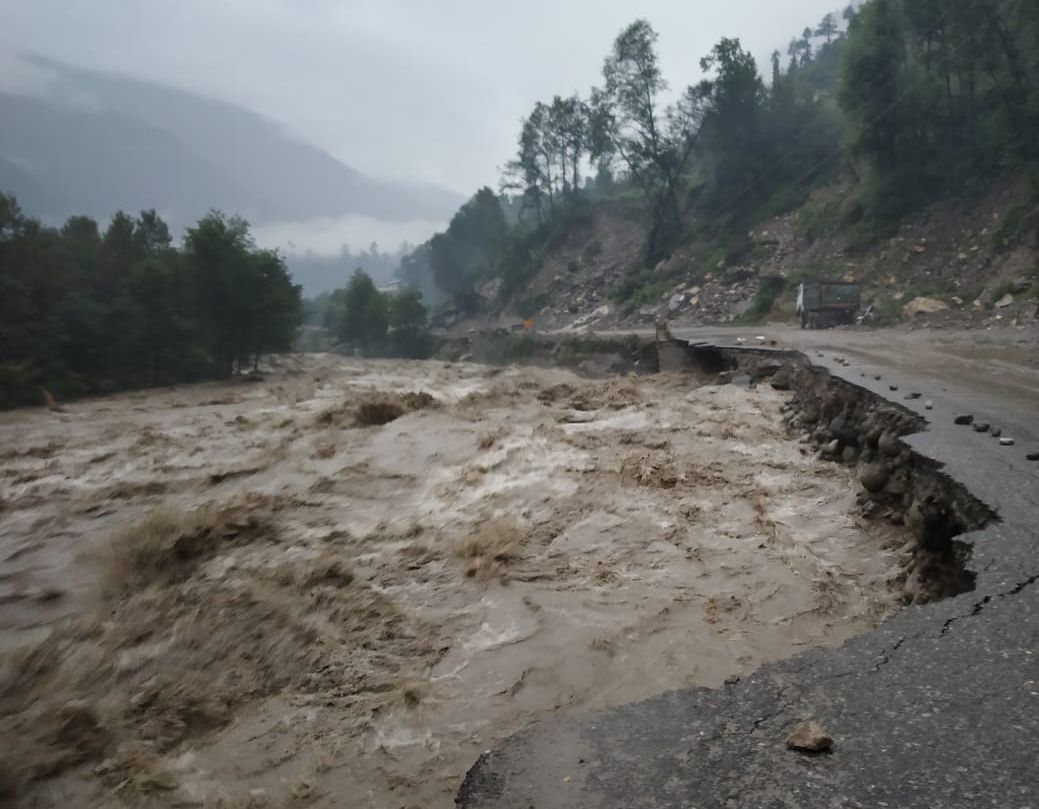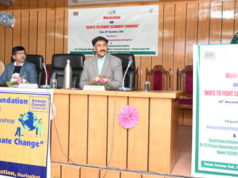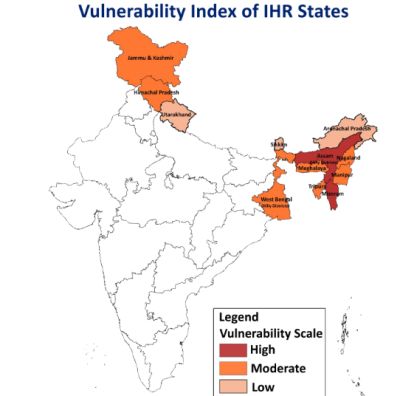Climate change poses a dire threat to the lives of up to 2.2 billion people in India’s Indus Valley and Pakistan by the end of this century, according to a groundbreaking study published in the Proceedings of the National Academy of Sciences (PNAS). The research, conducted by experts from the Penn State College of Health and Human Development, Purdue University College of Sciences, and Purdue Institute for a Sustainable Future in the United States, reveals that if global temperatures increase by 1 degree Celsius (C) or more above current levels, vast populations will be exposed to heat and humidity levels that surpass human tolerance.
Human beings can endure specific combinations of heat and humidity before they experience severe heat-related health issues, such as heat stroke or heart attacks. As climate change continues to drive up temperatures worldwide, billions of individuals could be pushed beyond these limits, putting their lives at risk.
Since the Industrial Revolution, when fossil fuels began powering machines and factories, global temperatures have already risen by approximately 1°C. In 2015, 196 nations signed the Paris Agreement, which aimed to limit global temperature increases to 1.5°C above pre-industrial levels.
The study used computer models to project global temperature increases ranging from 1.5°C to 4°C, the latter representing a worst-case scenario where warming would accelerate. The goal was to identify regions where rising temperatures would lead to heat and humidity levels exceeding human limits.
“To understand how complex, real-world problems like climate change will affect human health, you need expertise both about the planet and the human body,” emphasized W. Larry Kenney, a professor at Penn State and co-author of the study.
The critical wet-bulb temperature limit for young, healthy individuals is approximately 31°C, as established by previous research by Penn State scientists. However, an individual’s specific threshold also depends on factors like their level of physical exertion, wind speed, solar radiation, and other environmental variables.
Historically, instances of temperatures and humidity surpassing human limits have been rare and occurred only briefly in the Middle East and Southeast Asia, according to the researchers.
The study’s findings indicate that if global temperatures increase by 2°C above pre-industrial levels, regions such as Pakistan and India’s Indus River Valley, eastern China, and sub-Saharan Africa, inhabited by a total of 2.2 billion people, will annually experience extended periods of heat that exceed human tolerance. These regions are particularly vulnerable due to high humidity during heatwaves, which hampers the body’s ability to cool itself through sweating and affects infrastructure like evaporative coolers.
Compounding the issue, many of the affected populations in these lower-to-middle-income nations may lack access to air conditioning or effective means to mitigate the health risks posed by extreme heat.
If global warming reaches 3°C above pre-industrial levels, the Eastern Seaboard and the central United States, spanning from Florida to New York and from Houston to Chicago, would also face heat and humidity levels surpassing human tolerance. South America and Australia would experience extreme heat under such conditions.
The study does indicate that the United States, at its current rate of warming, will experience more heatwaves. However, these heatwaves are not expected to exceed human limits as frequently as in other regions of the world. Nevertheless, the researchers cautioned that models like these typically do not account for extreme and unusual weather events.
“Models like these are good at predicting trends, but they do not predict specific events like the 2021 heatwave in Oregon that killed more than 700 people or London reaching 40°C last summer,” warned lead author Daniel Vecellio, a bioclimatologist. “So, even though the United States will escape some of the worst direct effects of this warming, we will see deadly and unbearable heat more often. And—if temperatures continue to rise—we will live in a world where crops are failing, and millions or billions of people are trying to migrate because their native regions are uninhabitable,” he added.
The study’s findings underscore the urgent need for global action to curb climate change and protect vulnerable populations from the increasingly severe consequences of rising temperatures and humidity.













